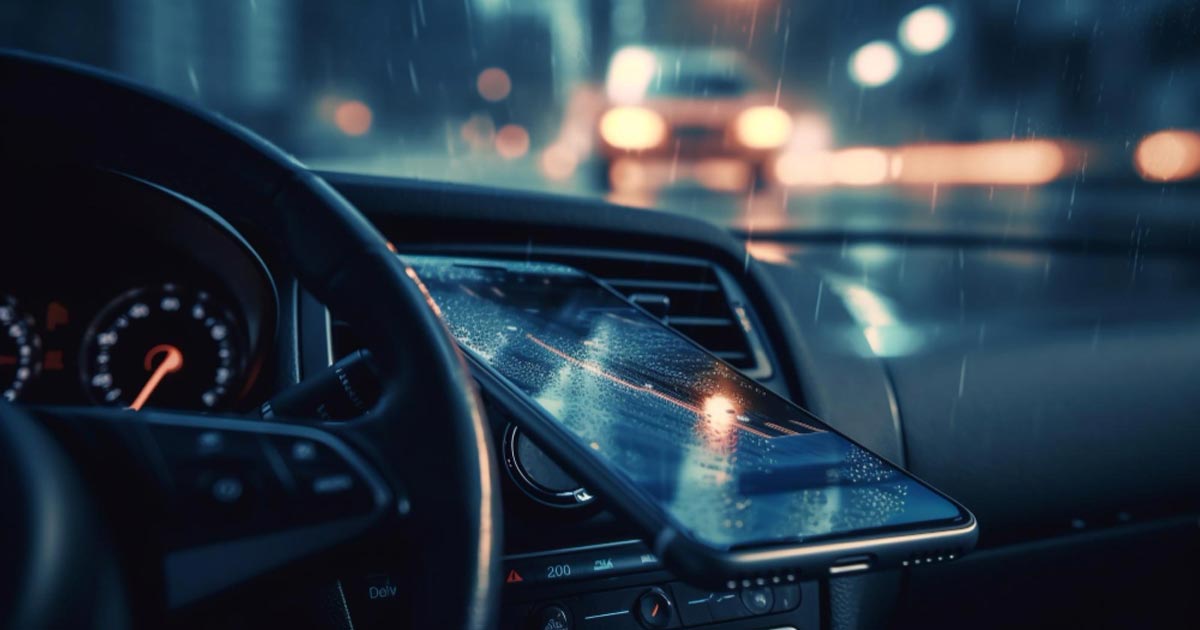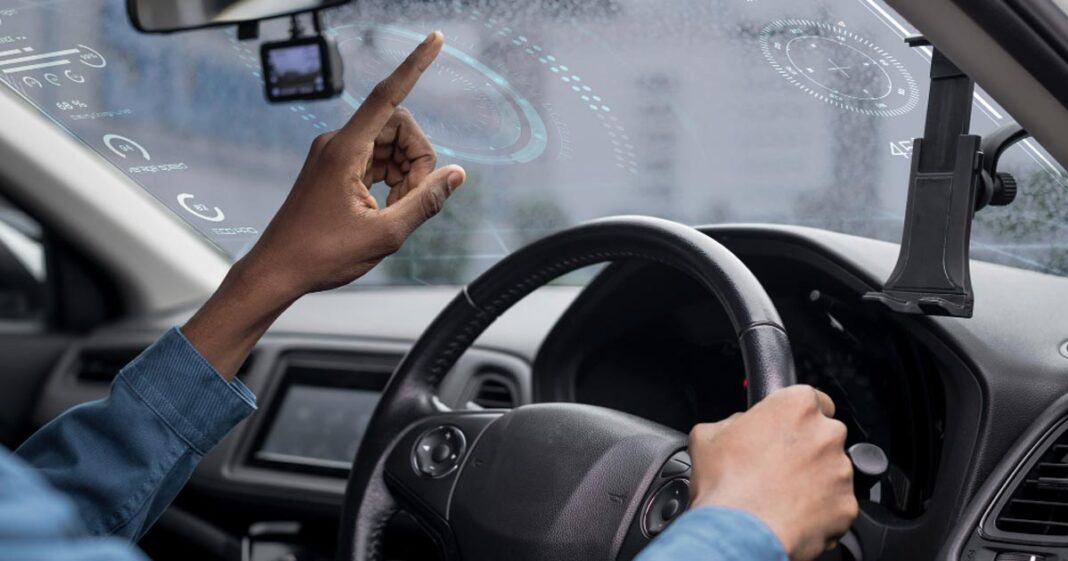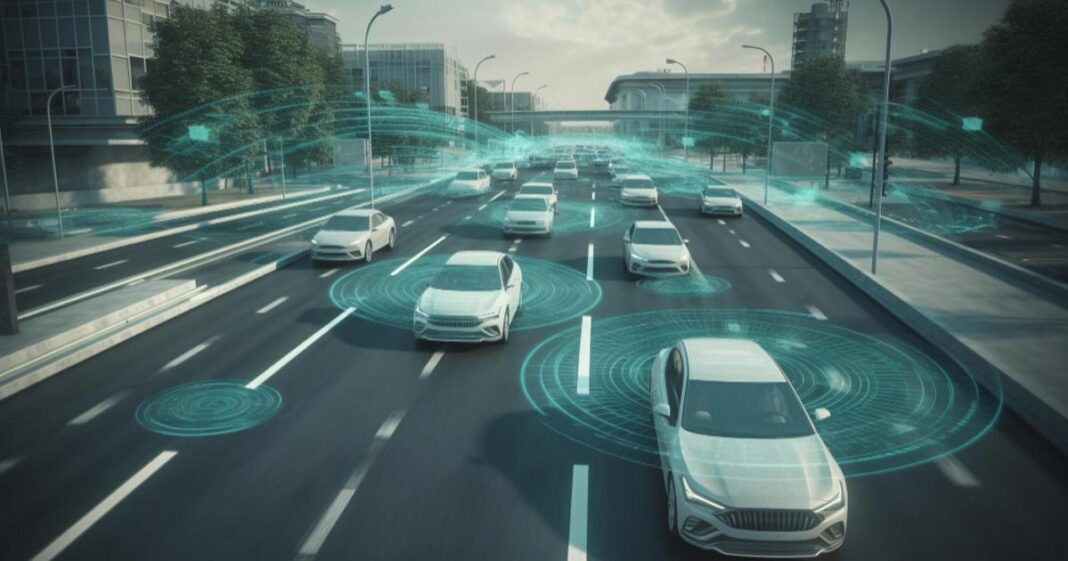
Picture this: You’re leaving a party at midnight, slightly buzzed, tired, and wanting to get home. You step outside, tap your phone, and within minutes, a sleek electric cab rolls up—no driver, no fuss. You hop in, the doors shut, and off you go while watching a rerun of The Family Man on the in-cabin screen.
Sounds futuristic? In 2025, this fantasy is closer than ever to becoming everyday reality.
But are India’s bustling, chaotic roads really ready for self-driving taxis?
Let’s cruise through what’s real, what’s testing, and what’s still a pipedream.
🧠 What Exactly Is a Self-Driving Taxi?
Also called autonomous taxis or robotaxis, these are cars equipped with Artificial Intelligence (AI), cameras, sensors, and LiDAR technology that allow them to operate without a human driver.
Most robotaxis fall into Level 4 automation—where the car can handle all driving functions in specific zones, though a safety driver might still be present.
🌍 The Global Drive: Where We’re At in 2025
- Waymo (Google’s sister company) has launched fully driverless taxis in Phoenix and San Francisco.
- Cruise (by GM) has clocked over 5 million autonomous miles.
- China’s Baidu Apollo Go now operates robotaxis in 10 cities, including autonomous night rides.
But what about India?
🇮🇳 India’s Self-Driving Roadmap: Trials, Tweaks & Traffic Jams
India is not behind—it’s just different. Dense traffic, unpredictable road behavior, and “creative” driving styles make it a challenging but crucial market.
🚖 Ola SelfDriveX Labs – Bengaluru Beta
In early 2025, Ola Electric began trials of its Level 3+ autonomous taxis within Bengaluru’s tech corridors. Using a custom AI model trained on Indian traffic behavior (yes, including cows and potholes), the pilot showed 88% accuracy in obstacle response.
“India needs AI that understands chai stalls, stray dogs, and random U-turns,” quipped Bhavish Aggarwal at the EV India Summit.
🚘 Minus Zero Technologies – India’s Tesla for AI Cars
Founded by two Bengaluru IIT dropouts, this startup uses camera-only vision AI (no LiDAR), cutting costs dramatically. They unveiled their ZPod driverless EV pod at the 2025 Auto Expo.
Featured in The Economic Times, Minus Zero received $15M in funding from Reliance Ventures and aims to launch India’s first commercially viable robotaxi fleet by 2026.
📲 App-Based Autonomous Cabs: What’s Being Tested
| City | Service Name | Operator | Status |
| Bengaluru | Ola SelfDriveX | Ola Electric | Beta Testing (2025) |
| Hyderabad | ZPods on Campus | Minus Zero | Closed Campus Trial |
| Pune | DriveMate.ai | Mahindra + Bosch | Semi-Autonomous Pilot |
🧍🏽♂️ Real Story: From Driver to Supervisor
Meet Rajeev Sharma, a former cabbie from Pune. Today, he works with Mahindra’s autonomous vehicle division as a remote taxi safety operator.
“I still sit in the car but rarely touch the wheel. It drives better than I did,” he laughs in an interview with Hindustan Times Auto.
Rajeev underwent an AI and mobility certification course by ASDC India, supported by the Government’s Skill India Mission.
🧠 How AI & Data Are Leading the Way
Self-driving taxis in India use edge computing, real-time traffic sensors, and machine learning algorithms that learn from:
- Indian driving habits
- Language commands (multi-lingual voice support)
- Crowd behavior during festivals, rallies, etc.
“Our AI understands a hand wave better than a traffic light,” says Ishita Jain, CTO at DriveMate.ai.
⚖️ Policy Watch: What the Law Says
The Motor Vehicles (Amendment) Act 2024 included a clause for pilot trials of autonomous vehicles under state permission.
Delhi and Karnataka have already released AV sandbox zones for R&D, similar to tech testbeds in California.
🎭 Lights, Camera, Autonomy!
In the 2025 Disney+ Hotstar show “Kaali Sadak 2.0”, a rogue AI robotaxi kidnaps a politician’s daughter in Noida. The series features futuristic cabs, facial-recognition entry, and dash-cam court scenes—blurring the lines between fiction and the soon-to-be-real.
Even Shah Rukh Khan tweeted about trying an autonomous EV during his trip to Dubai, calling it “the smoothest ride of my life.”
✅ Why Self-Driving Taxis Might Work in India
- Solves urban congestion with optimized route logic.
- Great for elderly & differently-abled users.
- Scalable for logistics—think driverless Kirana delivery.
❌ But… We Still Have Roadblocks
- Road chaos & jaywalking
- Poor lane discipline
- Lack of standardized road signs
- Legal liability & accident attribution
- Public trust & safety concerns
🔮 2025 to 2030: What Lies Ahead?
Industry experts predict:
- Campus-based and gated community robotaxis will be fully operational by 2026.
- By 2028, 30% of shared mobility services may have semi or fully autonomous fleets.
- India will likely leapfrog from Level 2 to Level 4, skipping intermediate stages with the help of AI-native startups.
🏁 Final Lane: Are We There Yet?
Not quite. But we’re closer than ever.
India won’t see robotaxis zooming through Chandni Chowk just yet—but if Bengaluru’s beta rides and IIT-powered AI keep improving, autonomous cabs in select zones will be part of urban life by 2026.
Until then, let’s stay buckled in—our driverless future is just around the curve.





